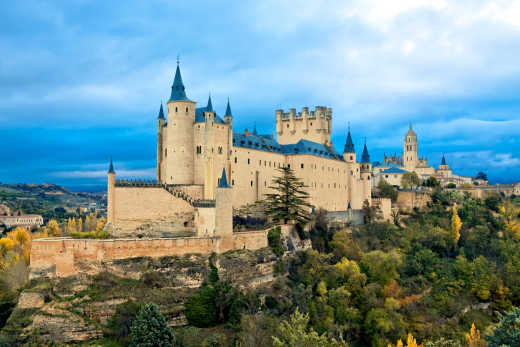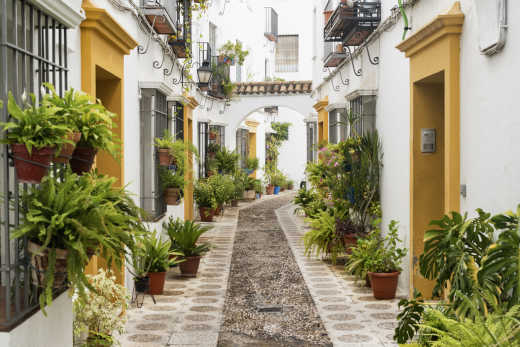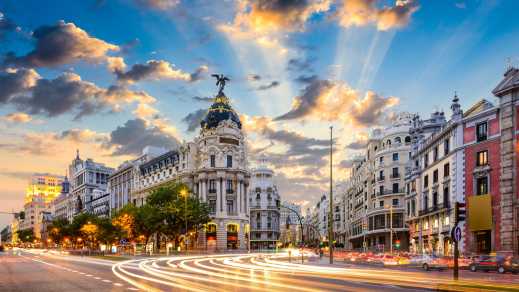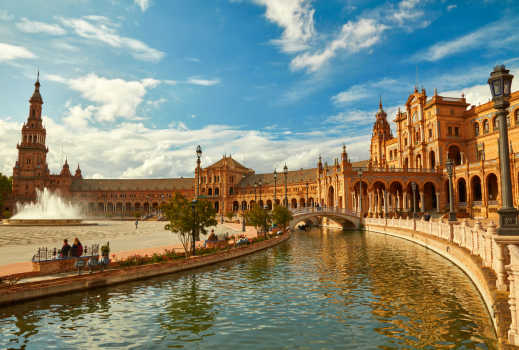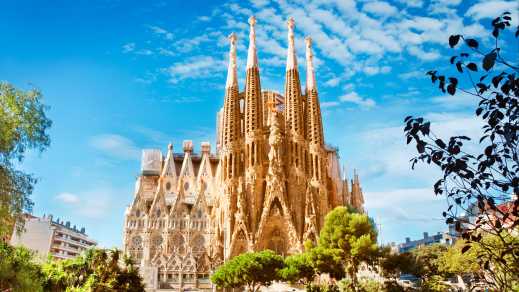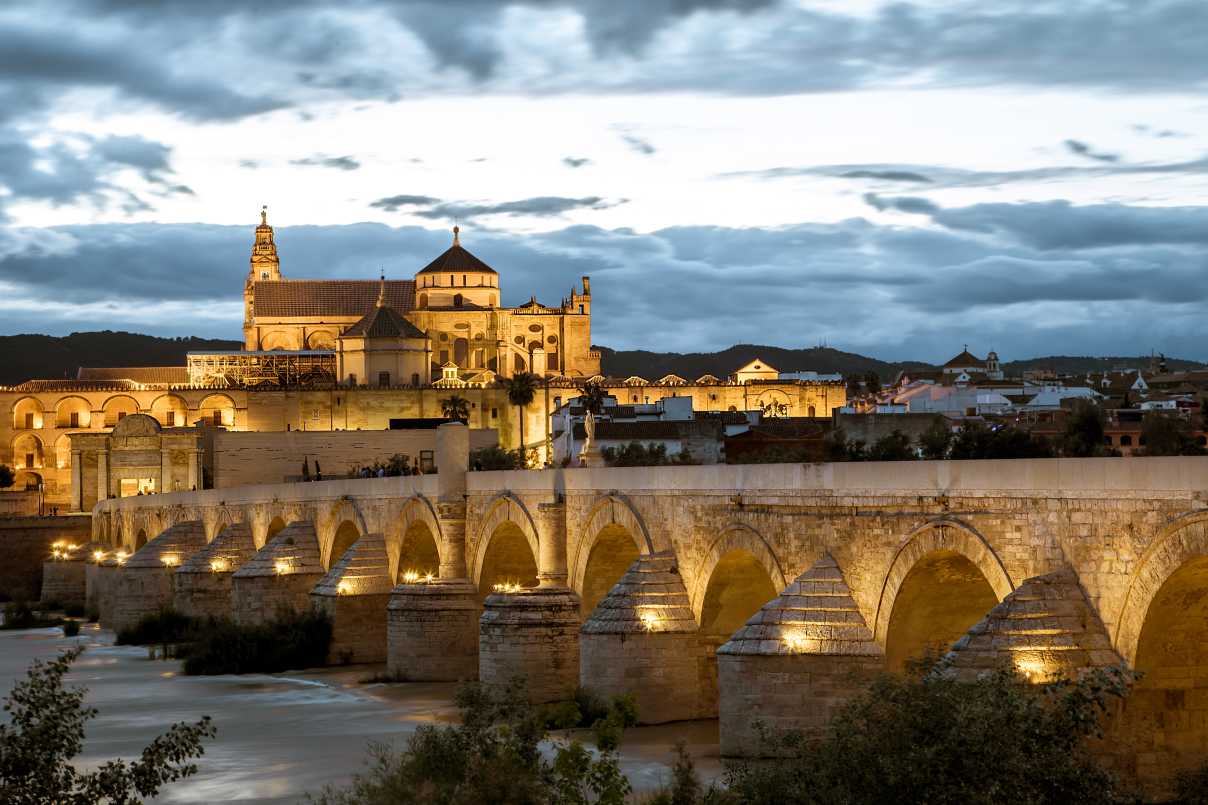
Cordoba Tours
The top sights, highlights, tours & travel itinaries curated by our Travel Experts.
- Destinations
- Europe
- Spain
- Cordoba
Our Expert Tips for Your Cordoba Tour
Cordoba is the city of the caliphs on the Guadalquivir River. Once Cordoba was the center of the Moorish Empire. The absolute highlight of the city is the Mezquita - a building that combines elements of a mosque and a cathedral and because of its uniqueness has been a UNESCO World Heritage Site since 1984. When visiting the city, you should also make sure to stroll through the Jewish quarter, the Juderia, and pay a visit to the famous courtyards called patios. With Tourlane, you can book your flights, transfers, accommodation and guides - all in one place! Our travel experts will create your perfect tour package according to your travel tastes and preferences.
![Europe Spain Cordoba Mezquita Explore the Mezquita on a Cordoba holiday]()
Mezquita
First mosque, then Catholic cathedral
![Europe Spain Cordoba Alcazar Alcazar to visit on a Cordoba vacation]()
Alcazar
Imposing building and former seat of the Spanish kings
![Europe Spain Cordoba Juderia Exploring Juderia on a Cordoba Vacation]()
Juderia
Old Jewish Quarter and UNESCO World Heritage Site
What to See During Your Cordoba Tour?
Mezquita
The Mezquita, the world famous mosque-cathedral of Cordoba is one of the most impressive structures in all of Spain and definitely one of the top sights in the city. The Mezquita was built in the 8th century under the Moors as a mosque. After being reconquered by the Christians in 1236, the mosque was converted into a Catholic cathedral. Since then, the building combines elements of the mosque and the cathedral, a unique and imposing mixture. Since 1882, the Mezquita has been a national monument in Spain, and since 1984 it has been a UNESCO World Heritage Site, along with the Old City of Cordoba and the Medina Azahara.
Alcázar de los Reyes Cristianos
The Alcazar of Cordoba is an imposing building from the 14th century and is also a UNESCO World Heritage Site. The Alcázar de los Reyes Cristianos, the palace of the Christian kings, was not built in its present form until 1328 by Alfonso the XI, but stands on the site of an older 8th century caliph's residence. The building is a mixture of fortress and palace and served as the seat of the Spanish kings until the reconquest of the city in 1492. Christopher Columbus was a guest here when he presented his plan to find a sea route west to India to the royal couple. Inside the palace are Arab baths, Roman mosaics and a 3rd century marble sarcophagus.
Puente Romano
A full 16 massive stone arches make up the Roman Bridge in Cordoba. The old bridge leads over the Guadalquivir directly into the old town of Judería, where numerous sights await visitors. The masterpiece of Roman engineering was probably built under Emperor Augustus. The bridge was probably built around 45 BC after the Battle of Munda. It is believed that the bridge was part of the Vía Augusta, which led from Rome to Cadiz. In the 10th century, the Moorish caliphs completely rebuilt the structure, which was later renovated several times. Below the Roman bridge are the remains of Arab mills and a reconstruction of the water wheel that was used to pump water to the gardens of the palaces. From the Torre de la Calarra at the other end of the bridge, opposite the old town, you can admire an impressive panoramic view of the Mezquita and the river, especially in the evening. Simply enchanting!
Juderia
The Juderia, the Jewish quarter in the old town of Cordoba, belongs like many other places in Andalusia to the world cultural heritage of the UNESCO. This part of the old town dates back to Roman times. A visit to the quarter with its white façades is like a journey back in time to the Roman era and the splendour of the Middle Ages under Moorish rule. During the Moorish period, Jewish life pulsated in the city and Corodba established itself as a centre for trade, prosperity, education and religious tolerance. In 1492, Jewish people were expelled from Spain during the Spanish Inquisition. The walk takes you through narrow streets and across imposing squares and through a place steeped in history.
Viana Palace
The noble palace Palacio de los Marquéses de Viana, short Viana Palace, at the Plaza de Don Gome was built in the 15th century. Especially beautiful are the twelve beautiful patios, that means the inner courtyards that are typical for Cordoba. The first owner was the 24th mayor of the city. In the course of time, the palace, which was built on Roman foundations, was repeatedly extended and rebuilt. The main façade was designed in the 16th century by Juan de Ochoa in the Mannerist style. Today the palace belongs to the Cajasur bank, which uses the premises for exhibitions. Less
Other Places to Visit During Your Tour
TourlaneCare


